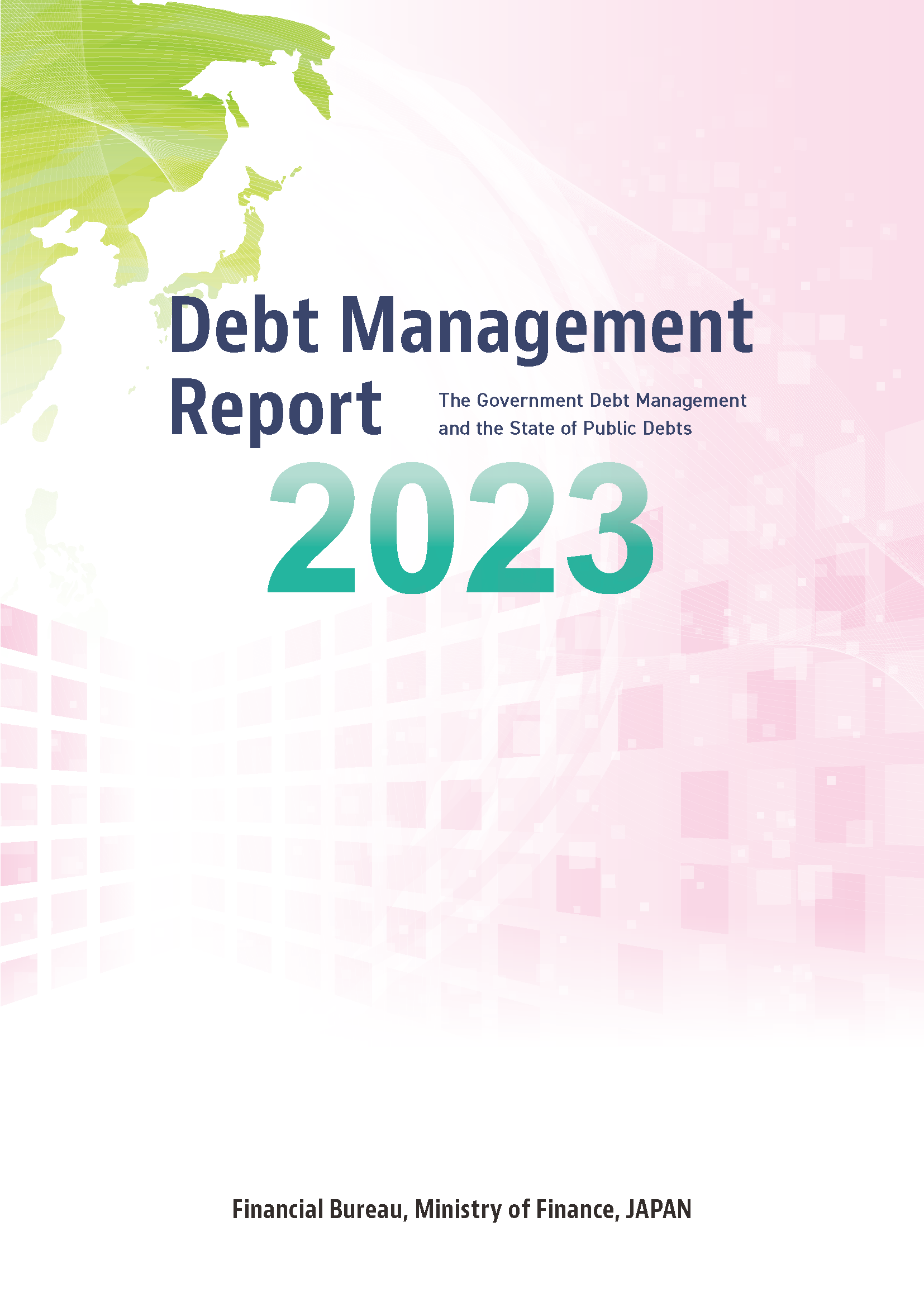Secret Tips to Creating a Lasting Debt Management Strategy That Fits Your Distinct Financial Scenario
Creating a sustainable debt management strategy customized to your specific financial scenarios calls for a systematic method that starts with a complete assessment of your present situation. By recognizing the complexities of your income, expenditures, and existing debts, you can develop clear economic objectives that serve as a roadmap for your payment technique.
Evaluate Your Existing Financial Situation
To properly develop a sustainable debt monitoring strategy, it is essential to first examine your existing monetary circumstance. Next off, checklist all month-to-month expenses, classifying them right into fixed costs, such as rent or home loan repayments, and variable expenses, including grocery stores and entertainment.
After developing a clear image of your revenue and expenditures, assess your existing debts. This includes charge card, individual finances, and any type of other obligations, keeping in mind the total amount owed and the rate of interest prices connected with each. Understanding your debt-to-income ratio is necessary, as it measures your ability to handle month-to-month repayments loved one to your earnings.
Additionally, consider your financial savings and financial investments, as they can play a critical role in your general financial health. By gathering this information, you develop a fundamental understanding of your monetary landscape, allowing you to make educated decisions as you establish a efficient and organized financial obligation administration plan tailored to your special conditions.
Set Clear Financial Goals
Developing clear economic goals is essential for reliable financial obligation management, as it provides direction and inspiration for your economic journey. By defining specific, quantifiable, possible, appropriate, and time-bound (SMART) goals, you can create a roadmap that guides your decision-making and prioritizes your economic activities.
Start by evaluating both temporary and long-term objectives. Temporary goals could include settling a specific bank card or conserving for an emergency situation fund, while long-lasting objectives might include debt-free living or homeownership. Guarantee that each goal lines up with your overall monetary method to promote a cohesive strategy to financial debt management.
By dedicating to these clear economic objectives, you not just boost your capacity to manage financial obligation properly but also grow an aggressive way of thinking that empowers you to make educated economic decisions moving onward. Eventually, these goals serve as a structure upon which you can build a lasting debt administration plan tailored to your unique monetary circumstance.
Develop a Realistic Budget
Developing a practical budget plan is an important step in handling debt effectively, as it aids you track your income and expenses while determining areas for renovation. Next, checklist all regular monthly expenditures, categorizing them right into repaired (rental fee, utilities) and variable (grocery stores, home entertainment) prices.
When you have a clear image of your monetary landscape, compare your complete earnings to your total expenditures. It is vital to determine non-essential expenditures that can be minimized or eliminated if you discover that your expenditures exceed your revenue. Consider establishing spending limitations for discretionary classifications to ensure you continue to be within your economic means.
Additionally, it can be practical to revise your budget regularly, mirroring any kind of changes in income or costs. By preserving an adaptable yet self-displined approach, you will improve your capability to manage debt sustainably. A well-structured budget plan not just provides a roadmap for spending however additionally instills a sense of control over your monetary situation, promoting lasting financial health and wellness.
Explore Financial Obligation Settlement Options
Exploring debt repayment choices is important for people looking for to restore control over their monetary obligations. Various methods satisfy varying situations and can substantially influence the performance of the payment procedure.
One prominent technique is the snowball method, where individuals focus on repaying the tiniest financial obligations initially. This can produce momentum and boost motivation as financial obligations are removed. Conversely, the avalanche method prioritizes financial obligations based upon interest rates, permitting debtors to save cash gradually by targeting high-interest debts initially.
For those facing considerable challenges, debt combination may be an ideal choice. This involves incorporating several debts right into a solitary lending, frequently with a reduced rate of interest rate, streamlining repayments and possibly minimizing regular monthly obligations.
Additionally, negotiating straight look what i found with creditors can result in a lot more favorable terms, such as reduced rate of interest rates or expanded settlement plans.

Display and Adjust Your Plan
When a debt repayment strategy is in place, it is essential to constantly keep an eye on and readjust the plan as scenarios change. On a regular basis assessing your monetary circumstance will certainly assist you recognize any type of changes in revenue, costs, or unexpected occasions that might impact your capability to abide by the original plan.
Begin by establishing a routine for routine analyses, such as quarterly or month-to-month evaluations. During these examinations, examine your cash money flow, exceptional financial debts, and any new economic obligations. This will certainly allow you to figure out if your settlement timetable continues to be manageable or if modifications are needed.
If you experience an adjustment in income, consider reapportioning your sources to focus on high-interest financial debts or vital expenses (credit consolidation singapore). Conversely, if your financial situation improves, you might opt to raise your payments, increasing your financial obligation removal timeline
Furthermore, stay informed regarding passion prices and market conditions, as these may impact your financial debt administration technique. By proactively checking your strategy and making needed adjustments, you can guarantee that your debt management stays lasting and tailored to your advancing monetary landscape.
Conclusion
Finally, creating a sustainable financial debt management plan demands a comprehensive assessment of one's economic circumstance, the establishment of clear monetary objectives, and the creation of a sensible budget plan. Discovering different debt settlement alternatives boosts the efficiency of the strategy, while routine surveillance and adjustments make certain continued alignment with transforming circumstances (credit consolidation singapore). By adhering to these key steps, people can grow a robust framework for managing financial obligation, inevitably cultivating higher economic stability and durability
Developing a lasting financial debt management plan customized to your individual economic scenarios requires a methodical strategy that starts with a detailed analysis of your current scenario. By understanding the complexities of your revenue, costs, and existing financial obligations, look at this site you can develop clear economic objectives that offer as a roadmap for your payment approach. By dedicating to these clear economic goals, you not only boost your capacity to handle financial debt successfully but additionally grow a proactive attitude that encourages you to make educated click to find out more monetary choices moving onward. Inevitably, these objectives serve as a structure upon which you can construct a lasting debt monitoring strategy customized to your special economic situation.

 Ralph Macchio Then & Now!
Ralph Macchio Then & Now! Christina Ricci Then & Now!
Christina Ricci Then & Now! Barry Watson Then & Now!
Barry Watson Then & Now! Freddie Prinze Jr. Then & Now!
Freddie Prinze Jr. Then & Now! Michelle Trachtenberg Then & Now!
Michelle Trachtenberg Then & Now!